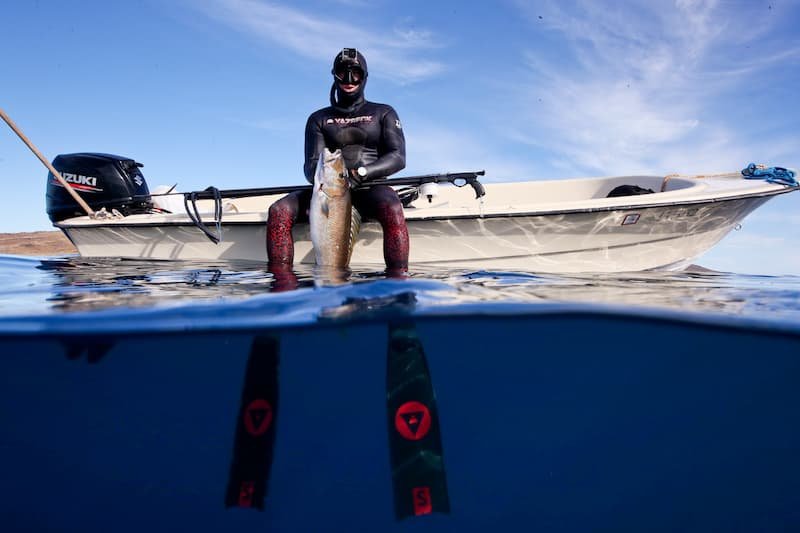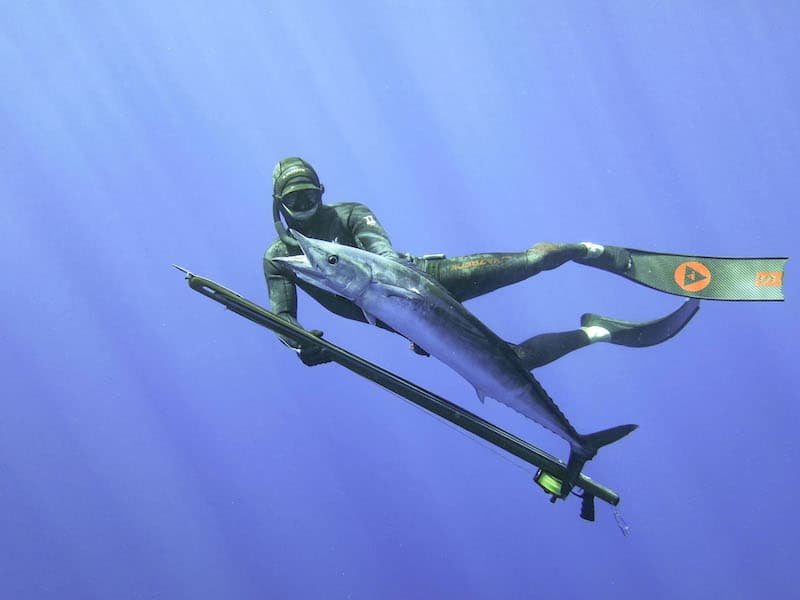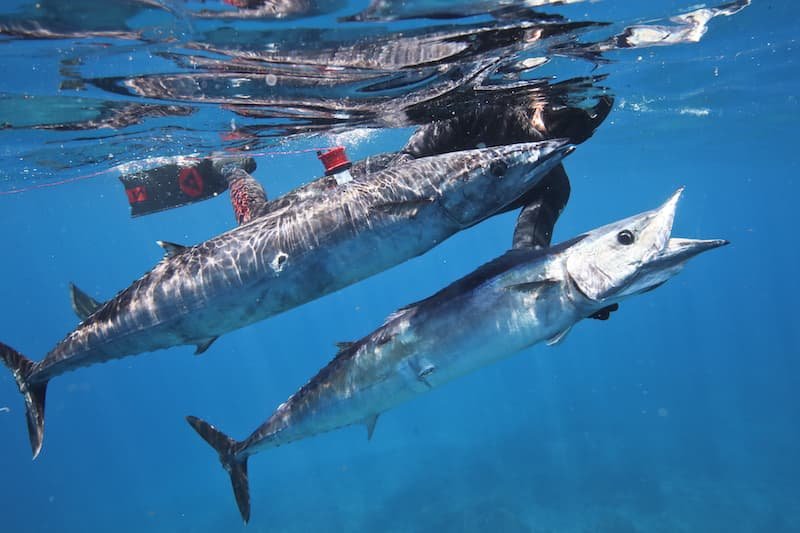Welcome to Hawaii, a tropical paradise renowned for its stunning natural beauty and diverse marine ecosystems. In this article, we delve into the intricate relationship between weather patterns, ocean currents, and winds that shape the Hawaiian Islands. Discover how trade winds dictate rainfall distribution, explore the impact of currents on spearfishing adventures, and unravel the influence of winds on ocean conditions.
Typically, Hawaii experiences dominant trade winds originating from the northeast, east, or southeast. The windward side of the islands, facing east, receives higher precipitation and rainfall, while the leeward or westward side tends to be drier with a desert-like climate. On the east side, the runoff from rainfall can make the water cloudy, making it essential to be mindful of diving conditions. The east side also attracts sharks seeking food sources from the land. River mouths on this side have smooth rocks and coral growth. As one moves to the leeward side, the landscape consists of dry lava with limited vegetation. The lava flows into the ocean, creating a jagged and rugged coastline with coral reefs.

The currents play a significant role in spearfishing around the Hawaiian islands. Deepwater channels between the islands funnel large amounts of water, leading to unique and often volatile ocean conditions. Whirlpools and high waves can be observed in these narrow passages, creating a potentially hazardous environment. Understanding the behavior of the current is crucial for safety. Furthermore, the phases of the moon strongly influence the current patterns, making it important to track lunar cycles. Moon phases also impact fish behavior, helping fishermen determine the best times of day or night for successful hunting.

Hawaii is predominantly influenced by trade winds blowing from the northeast, east, or southeast. During winter, low-pressure cold fronts originating from Alaska, Russia, and Japan move over the islands and then continue towards North and Central America, resulting in snowfall on the mainland. These cold fronts can sometimes generate a specific wind pattern known as kona wind, blowing from the south to southwest before the arrival of a cold front. Following a cold front, stiff northeast trade winds prevail. In the summer, trade winds dominate the weather conditions.

Understanding wind direction is crucial for navigating Hawaiian waters and finding sheltered areas. The presence of prominent mountains, such as Mauna Kea and Mauna Loa on the Big Island, creates wind shadows or leeward sides. These areas experience light winds for most of the year, except when influenced by kona winds, which bring onshore winds to the respective side of the island. On Maui, the smaller volcano Haleakala creates a similar effect but with less consistent calmness in its wind shadow on the west side. Monitoring wind direction in degrees is essential, as winds from certain directions can funnel through valleys and create sudden changes in ocean conditions, such as rapid wind chops. The west side of the islands is generally more sheltered, while the east side is more exposed to the winds, requiring increased vigilance. By understanding the weather patterns, currents, and wind conditions in Hawaii, individuals can better navigate and engage in activities such as spearfishing with enhanced safety and success.